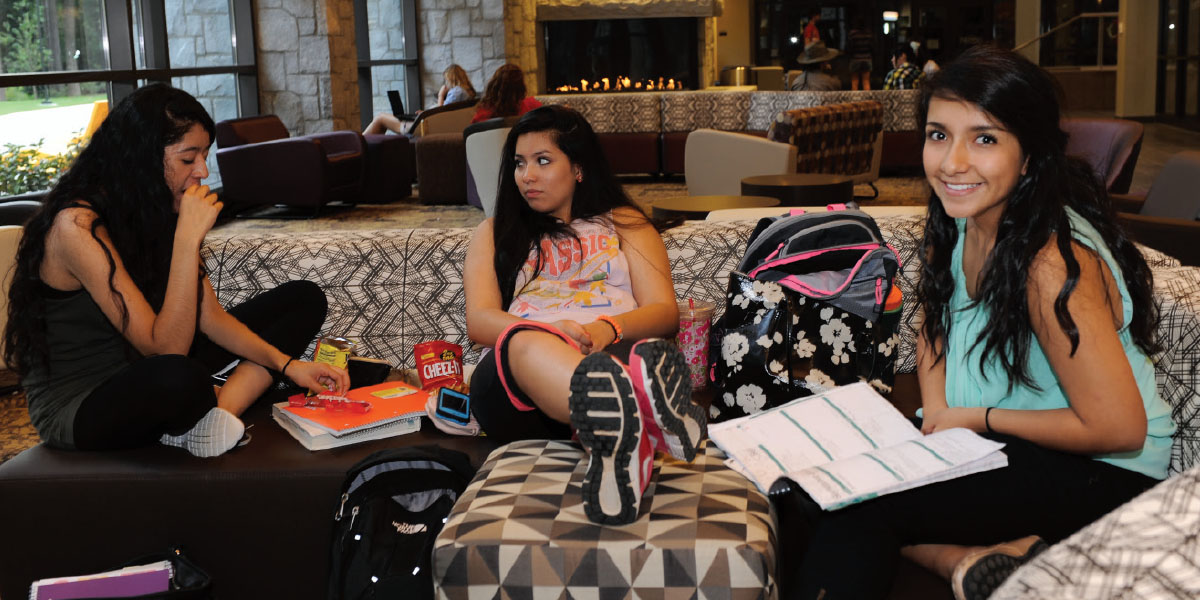What is the ROI when you spend $15 million on a new campus center?” That was the big question in board meetings at Oglethorpe University, Atlanta, when our antiquated student center had become a deterrent to enrollment. During tours with prospective students, campus guides often avoided the center completely.
For our tuition-dependent, landlocked, private university, attracting and retaining students is the linchpin of our strategic plan. That means up-to-date facilities, enabling faculty to deliver curriculum and programming that fosters retention, and offering students amenities beyond a classroom and lecture hall.
Oglethorpe’s leaders wanted a campus center that was a “living room”—a vibrant space that would attract students for meals, work, and play. The challenge, of course, was to plan, fund, and accomplish this goal.
Focus on the Finale
While considering the student center upgrades, our top concern was the impact on the current students and the ability to achieve our vision within the constraints of a $9 million budget for the major renovation. Working with our architects, we soon realized that we needed to replace the old structure with an entirely new building. We increased the budget to $15 million (to be completely financed via a fundraising campaign) to cover demolition, design, construction, and furnishings, as well as a 2.5 percent contingency to address unforeseen expenses.

One of the primary challenges in the building demolition was the displacement of student food services for a year. Serving a projected 198,000 meals and catering more than 500 events from a mobile kitchen required strategic teaming. In similar circumstances, most institutions we reviewed had used existing facilities or leased tents in order to maintain food service.
A Dramatic Decision
Initial ideas for a temporary dining site focused on re-appropriating current facilities, such as the gymnasium, or creating a tent structure on the tennis courts. However, the impact on the student population would be significant, and the tented facility would cost more than $200,000.
We settled on a different approach that involved some future plans to expand our arts facilities by adding a scene shop for the theatre department. At the time, the university was renting off-campus space to build sets. The annual savings of $45,000 in rent plus the “savings” of the $200,000 for a makeshift dining hall made for a compelling grant request to a foundation supportive of our theatre program. The foundation gave us the $500,000 needed to develop the temporary dining hall that would later become the on-campus scene shop.
Raising the Curtain
In less than six months, we completed the external structure for the scene shop, which would serve initially as the temporary dining facility for the year. We then rented, installed, and outfitted a commercial kitchen composed of six trailers, at a cost of $18,000 per month. Once the new campus center opened, we would convert the dining operation into a fully functioning, 1,900-square-foot scene shop.
Opening in August for the fall semester, the Turner Lynch Campus Center was completed in less than 12 months at a total cost of $15.2 million. For the students, it provides critical amenities such as a dining hall with seven serving stations; a game room; the bookstore; state-of-the-art classrooms; and ample room for students to relax and interact. The upper level is home to the Atlanta Laboratory for Learning, which integrates study abroad, internship, and civic engagement efforts.
The student center has exceeded our expectations in many ways. One highlight—a full-service Starbucks—helps draw foot traffic throughout the day, generating four times the sales of the former café. The new center is truly the “living room” for our campus.
SUBMITTED BY Michael Horan, vice president of business and finance, Oglethorpe University, Atlanta


